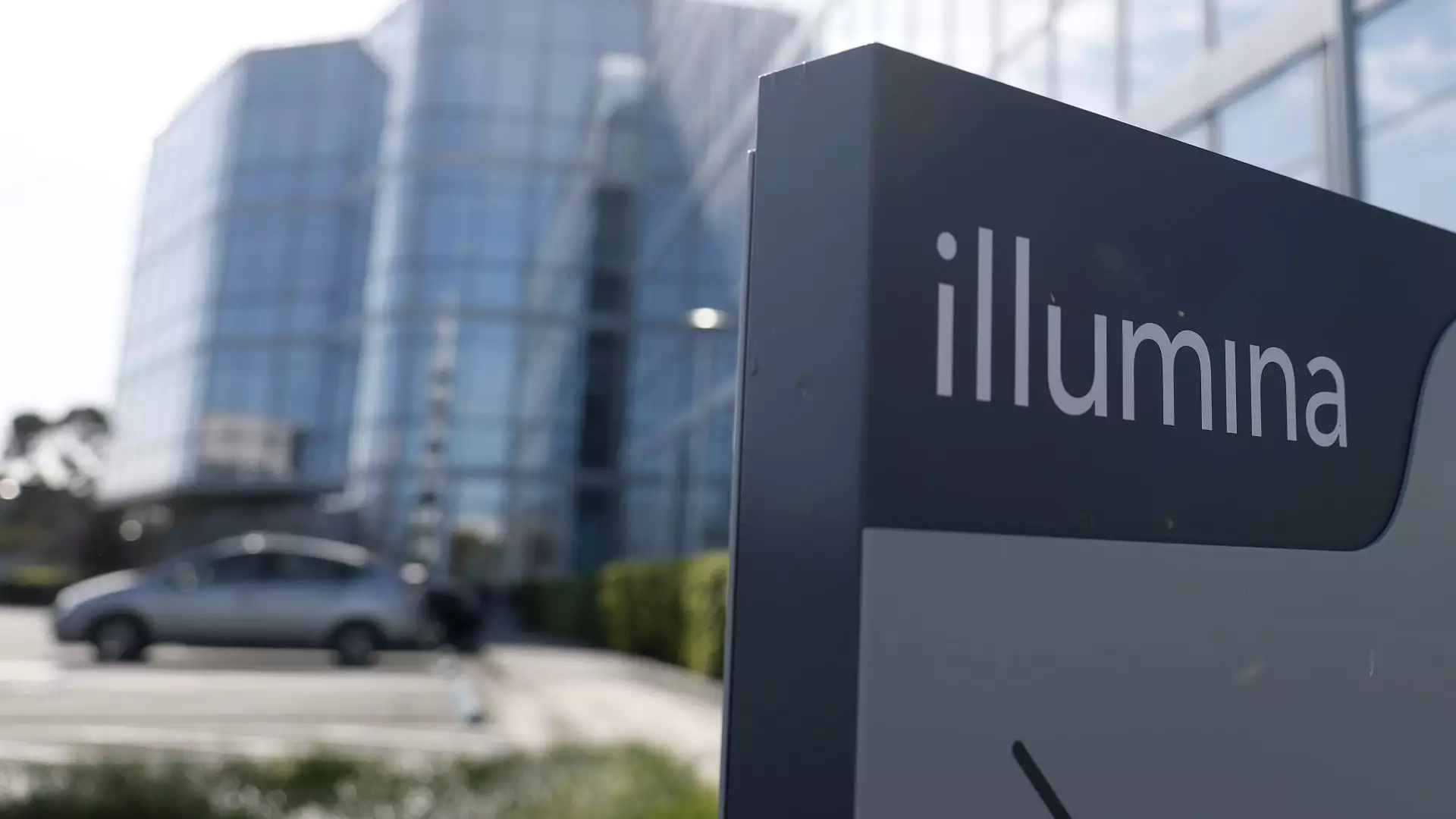Illumina, once the undisputed leader in genomic sequencing technology, now finds itself ensnared in a web of challenges that threaten its very existence. Valued at a staggering $70 billion just a few years ago, its market capitalization has plummeted to a mere $12.67 billion today. The appeal of their groundbreaking sequencing solutions has dimmed, much like the glow of a fading star. In this article, I’ll delve into the intricacies of Illumina’s predicament and why the future looks grim for a company that was once synonymous with innovation in the biotechnology space.
1. The Aftermath of COVID-19: A Diminished Demand
The COVID-19 pandemic acted as a double-edged sword for Illumina. While the urgent necessity for rapid testing initially propelled their revenues sky-high—from $3.2 billion to $4.5 billion—the post-pandemic slump hit them hard. As the pressing need for COVID testing subsided, so too did the demand for sequencing machines, leading to a stark decline. Unlike other sectors that managed to pivot and emerge unscathed, Illumina’s recovery has been slow and painful, showcasing the challenges of relying on temporary surges for long-term stability.
This downturn raises a fundamental question: is Illumina’s business model inherently flawed? They’ve proven adept at seizing short-term opportunities, but their long-term strategy seems lacking.
2. Costly Missteps: The Grail Saga
Illumina’s ill-fated venture into the Grail business epitomizes poor strategic choices at the managerial level. Originally spun out as a separate entity in 2016, Grail was welcomed back into Illumina’s fold in 2020 for a staggering $8 billion—a deal that was publicly scrutinized and ultimately blocked by regulatory bodies in Europe and the United States. Not only did this failure result in significant fines and reputational damage, but it also showcased a severe lack of foresight in their acquisition strategy.
This chapter in Illumina’s history serves as a cautionary tale about the pitfalls of aggressive expansion without due diligence. A mere misstep can set a company back years—something Illumina now knows all too well.
3. Leadership Turbulence: Who’s at the Helm?
With recent shifts in leadership, including the appointment of Keith Meister from Corvex Management to the board, questions arise regarding the effectiveness of Illumina’s governance. While attracting seasoned investors typically bodes well for a company, Meister’s past exploits in the biotech sector, especially his involvement with GeneDx, leave room for skepticism about whether his influence will truly benefit Illumina.
The revolving door of executives signals uncertainty. Illumina’s inability to maintain a stable leadership team further questions whether its strategies will be as dynamic and forward-thinking as necessary in this rapidly evolving industry. Unstable leadership often leads to indecision, which can truly be detrimental in sectors where innovation is the key to survival.
4. Geopolitical Struggles: A Global Dilemma
As if the internal strife and poor decisions weren’t enough, Illumina is confronted by geopolitical setbacks that threaten to hamper its operations in lucrative markets like Russia and China. The ongoing global tensions surrounding biotechnology, regulatory complexities, and trade restrictions complicate Illumina’s strategic ambitions. Their once unassailable position in the global genomics market is now riddled with vulnerabilities.
These market pressures highlight the inherent risk in a globalized business approach, particularly in an industry that relies heavily on international collaboration and regulation. Illumina seems ill-prepared to navigate these turbulent waters, putting its future prospects in further jeopardy.
5. The Technological Transition: A Necessary Evil
At the core of Illumina’s ongoing evolution is its latest bid to shift to the NovaSeq X, a next-generation sequencing platform. Transitioning to new technology is vital for any competitive enterprise, but it can also create significant redundancies and disrupt revenue streams in the short term. Illumina faces the colossal challenge of convincing the market that this new venture is worth investing in while simultaneously managing the fallout from aging technology.
Effectively, Illumina must balance the need for innovation against the risks associated with new technologies that may take time to win market acceptance. With their existing customer base accustomed to established systems, the potential for lost revenue during this shift is a cloud that looms ominously over the company.
Final Figments: Trading on Hope
Illumina is undeniably facing a precarious future. The genetic testing field, while ripe with opportunity, is filled with competitors eager to capitalize on any weakness. Should Illumina be unable to stabilize its core business, streamline its leadership, and innovate effectively, what was once a formidable industry leader may soon become just another cautionary tale in the world of corporate biotechnology. As it stands, Illumina’s road ahead is fraught with peril.

